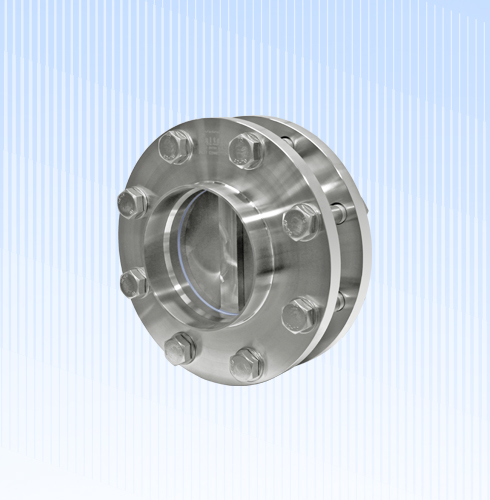Check valves are an essential component of many fluid delivery systems. They are used to regulate the flow of fluids, ensuring that they only move in one direction. The primary function of a check valve is to prevent backflow or reverse flow of fluids, which can cause damage to your equipment and pipelines.

There are many types of check valves available in the market today. Each type is designed to suit a specific application, and they come with their own set of advantages and disadvantages. In this article, we'll take a closer look at some of the benefits of using check valves and the different types you can choose from.
Benefits of Check Valves
1. Prevent Backflow
The primary benefit of check valves is that they prevent backflow of fluids. Backflow occurs when fluid moves in the opposite direction to its intended flow, which can cause damage to your equipment or pipeline. Check valves ensure that fluid only moves in one direction, preventing backflow and protecting your equipment.
2. Reduces Downtime
Using check valves can also reduce downtime in your process. Backflow can cause damage to your equipment, which can lead to breakdowns and unexpected downtime. By preventing backflow, check valves help to reduce downtime and keep your process running smoothly.
3. Saves Money
By preventing backflow and reducing downtime, check valves can save you money in the long run. Equipment breakdowns and repairs can be costly, so preventing damage with check valves can help to keep your maintenance costs down.
4. Increases Efficiency
Using check valves can also increase the efficiency of your process. By controlling the flow of fluids, check valves can help to regulate pressure, which can improve the overall efficiency of your system.
Types of Check Valves
1. Swing Check Valves
Swing check valves are the most common type of check valve, and they're often used in water and sewage systems. These valves have a hinged disc that swings open to allow fluid to flow in one direction and then swings back to close and prevent backflow.
2. Tilting Disc Check Valves
Tilting disc check valves are another common type of check valve. These valves have a disc that tilts to allow fluid to flow in one direction and then returns to its original position to prevent backflow.
3. Ball Check Valves
Ball check valves use a ball as the check mechanism. These valves have a ball that sits on top of a seat, allowing fluid to flow in one direction. When there's backflow, the ball is pushed into the seat, preventing the fluid from flowing in the opposite direction.
4. Diaphragm Check Valves
Diaphragm check valves use a flexible diaphragm to regulate the flow of fluids. These valves have a diaphragm that flexes open when fluid flows in one direction and then returns to its original position to prevent backflow.
5. Lift Check Valves
Lift check valves are often used in high-pressure applications. These valves have a disc that lifts to allow fluid to flow in one direction and then closes to prevent backflow. They're often used in steam systems and other high-pressure applications.
Conclusion
In conclusion, check valves are an essential component of many fluid delivery systems. They help to prevent backflow, reduce downtime, save money, and increase efficiency. There are many types of check valves available in the market today, each designed to suit a specific application. When choosing a check valve, it's important to consider your application, the fluid you're working with, and the specific benefits of each valve type.